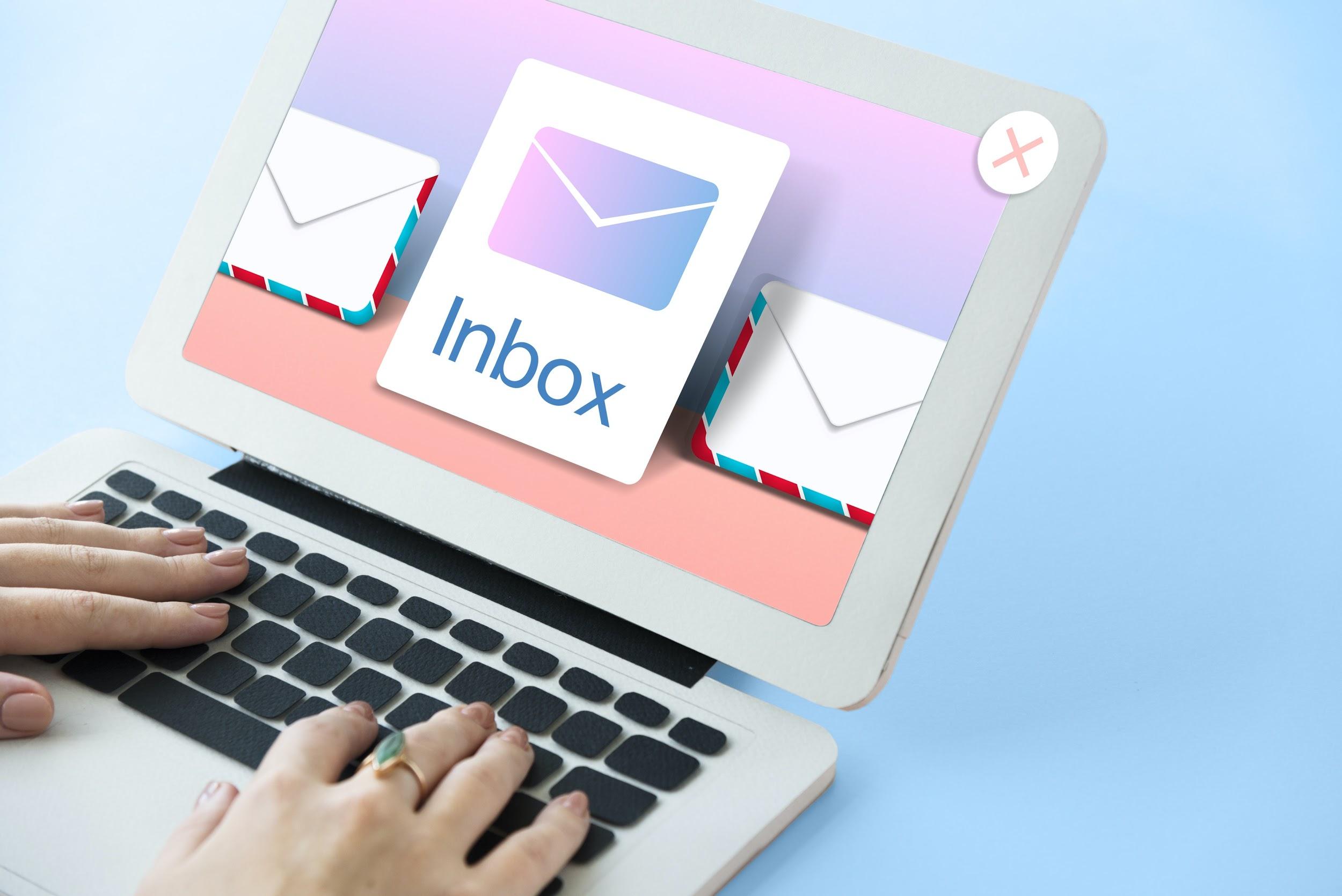
Email is an essential communication tool for most of us these days. Whether you’re using it for business or personal use, you may be vulnerable to an array of common email threats. Phishing, spam, malware, and other threats can afflict the unprepared with a number of serious problems. Phishing attempts are on the rise, with at least 97% of users unable to recognize a legitimate email threat. To attenuate this growing concern, you should consider reinforcing and implementing some sort of robust email security. The most effective way to accomplish this goal is to implement a software solution from Trustifi. Doing so comes with various benefits that will secure your email and protect you while you’re online. Here are a few benefits of setting up an email security system for your home or business.
Scam prevention
Scams are everywhere. For as long as people have been using email for communication, there’s almost always been someone perpetrating various scams. While there’s quite an array of different scams floating around the internet, here are a few of the most common:
- Phishing
- Spear-phishing
- Spam
- Spoofing
- Malware and viruses
- Social engineering
- Business email compromise
Some of these are more prevalent than others. For example, phishing—a form of email fraud where attackers present themselves as reputable entities and attempt to steal data or personal information—are especially dangerous. Most phishing emails contain links to malware of some kind, and at least 30% of targeted users actually open and read the messages! To add insult to injury, over 60% of organizations experienced phishing attempts in the past year and a whopping 78% of cyber-espionage incidents involve phishing. It’s a serious problem, but email security can help reduce or eliminate these concerns over time.
Fraud protection
Fraud usually manifests as business email compromise (BEC). Imagine this scenario: you receive an email from your boss asking you to transfer a certain sum or supply them with proprietary information. The email looks legit. The domain name appears similar, so you think nothing of it and send the information. Suddenly, an attacker has access to your or someone else’s account, and will attempt to defraud the company. Watching out for differences in the sender’s domain name and double-checking your inbox rules can help attenuate the problem, but a better solution is to let your email security suite address these issues for you. Comprehensive email security is useful here as well, since it allows you to define who your company’s high-profile users are through a flexible list. The software can analyze various members’ writing styles, tone, and idiosyncracies to create an additional security layer. Furthermore, a combination of machine learning and email header/content analysis creates a barrier around potential BEC emails, ultimately guarding you against the headache and trouble they can cause.
Sandbox Analysis
Let’s say you’ve discovered a suspicious file or URL in an email attachment. Rather than click on it and find yourself instantly infected with a nasty virus or malware, you can take advantage of a technique called sandboxing. Sandboxing creates a virtual, isolated testing environment in which users can execute suspicious files. Once executed, you can observe what happens, how the file behaves, who it attempts to contact, and what the code does. More advanced sandboxes exist today that almost instantly detect malware within an email. Sandboxing is most effective against zero-day threats and stealthy attacks, with plenty of system emulation and virtualization options to fully test suspicious files on your system. It’s a common security method in technology from the Linux-based Android operating system to the most powerful email security suites, and remains an incredibly useful tool for preventing malware infiltration on your systems.
Exploit Detection
Hackers like to take advantage of exploits to attack and infiltrate email systems. Spam and email attachments most likely to contain some kind of malware or exploits. It’s best to set up your email security system to automatically detect these in any attachment, including PDFs, Word documents, Presentations, Videos, Text Files, and audio files. It’s also wise to utilize the software’s time-of-click safeguard to prevent drive-by malware downloads from suspicious sites. The security suite should automatically verify and authenticate sources, too. Finally, be sure to secure your mail client and application to prevent potential exploits from malicious parties into the future.
Flexibility

High-quality email security software shouldn’t just be versatile and powerful. It should also be flexible. Look for a software solution that allows you to define verification/authentication parameters and customize your system. Also consider finding a security solution that allows you to define and customize security reports. By scheduling reports based on predetermined, personalized metrics, you can keep close watch on potential threats and have total control over your email security 24/7, 365 days a year.